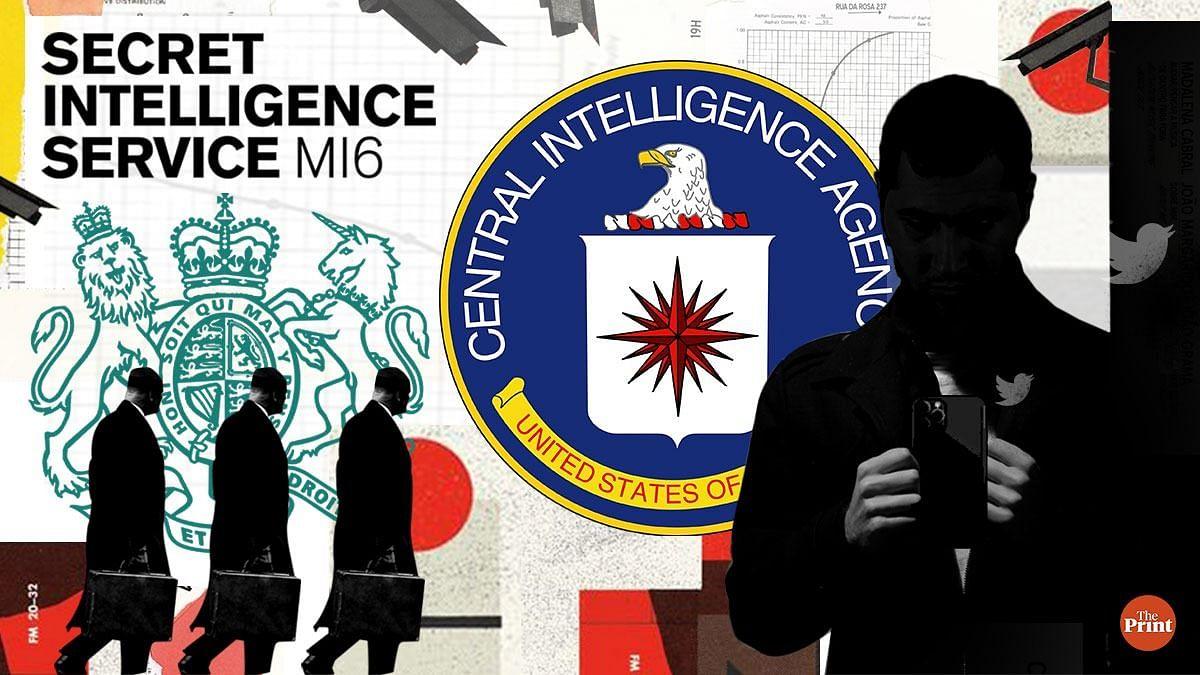
“Remarkable Intelligence Collaboration” Highlighted by CIA Director Has Spawned Great Injustices
On July 1 2023, CIA Director William F. Burns gave a speech in Oxfordshire at the Ditchley Foundation, a force of British intelligence founded in 1958 to promote Anglo-American collaboration, in which he boasted about the “remarkable intelligence partnership between the U.S. and UK.”
According to Burns, the strength of this partnership was evident “in the run up to Putin’s war in Ukraine,” “when “it got lonely for the two of us” as we went “way out on a limb in our prediction of the coming storm.”
Another great success, Burns said, was in mutually “persuading Muammar Qaddafi to get out of the business of terrorism and give up his nuclear program”—thus laying the groundwork for Qaddafi’s overthrow and the ruin of Libya in the U.S. and UK-supported Operation Odyssey Dawn.
Burns’s speech promoted a nostalgic view of U.S.-UK intelligence cooperation, which is largely in the eye of the beholder. At one point, Burns characterized Russia as an “economic colony of China,” which shows his underestimation of the growing multi-polar world order solidified by China and Russia’s strategic partnership that is mutually beneficial.
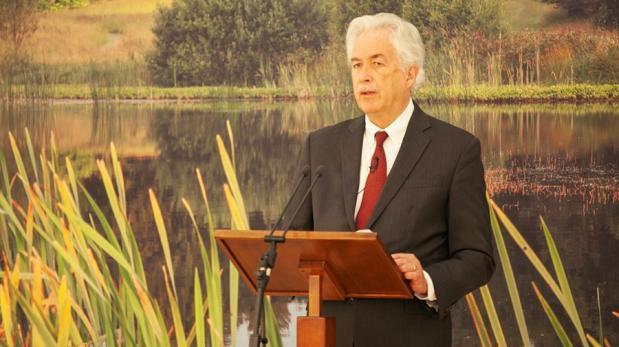
The Real Special Relationship
Michael Smith’s book The Real Special Relationship: The True Story of How MI6 and the CIA Work Together (New York: Arcade Publishing 2023) presents a nostalgic historical view similar to Burns’s that is dominant in the mainstream.
Smith is a former British intelligence agent who worked for the BBC, Daily Telegraph and Sunday Times, showing the close collaboration between media and intelligence in Britain like in the U.S.
The Real Special Relationship is endorsed by former CIA Director John Brennan and has a foreword written by former CIA Director Michael Hayden and Sir John Scarlett, the former chief of Britain’s secret intelligence service known as MI6.
Despite its bias, the book is worth reading because of its historical detail and insights on U.S.-British intelligence collaboration.
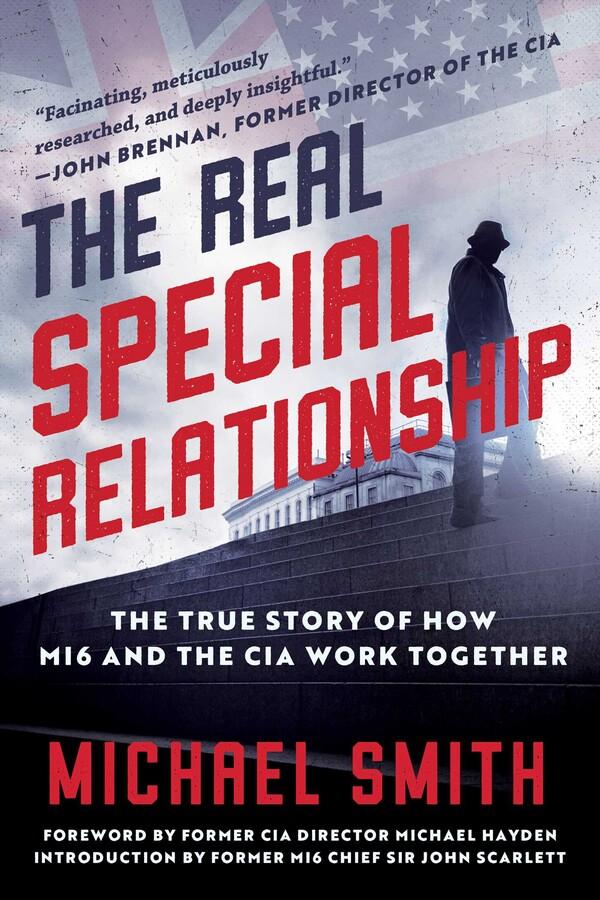
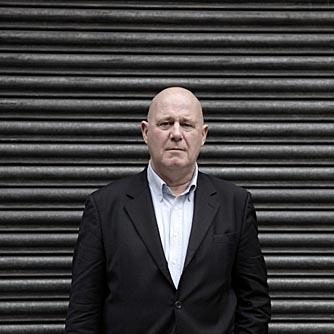
Smith points out that the special relationship between the U.S. and UK has been mutually beneficial because Britain has displayed greater expertise than the U.S. in code-breaking, human intelligence, counter-espionage, nation building and counterinsurgency, whereas the Americans have displayed greater technical sophistication and have had the money to pay for it.
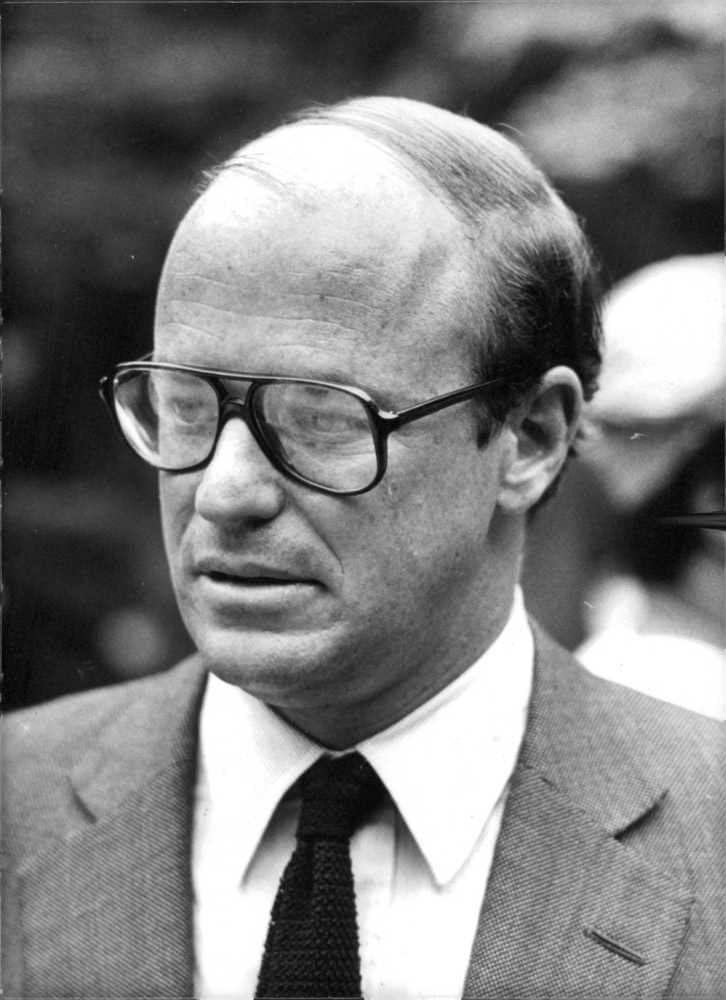
The British also had bases in former colonies, which gave U.S. intelligence agencies access to parts of the world they would not have been otherwise able to reach.[1] CIA officer Frank Wisner remarked in the early 1950s that, “whenever we’re in trouble, the British always have a little piece of territory [military bases] that’s very useful.”[2]
Back in the Good Ol’ Days
The christening of the special relationship between the U.S. and UK intelligence services began at Bletchley Park in Buckinghamshire during World War II where British and American code-breakers worked together to crack Japanese and Nazi communication codes.

The British were particularly grateful when the Americans handed over an analog device designed by Leo Rosen known as “The Purple Machine” that could unravel the ciphers used by Japanese ambassadors in their dispatches to Tokyo.[3]
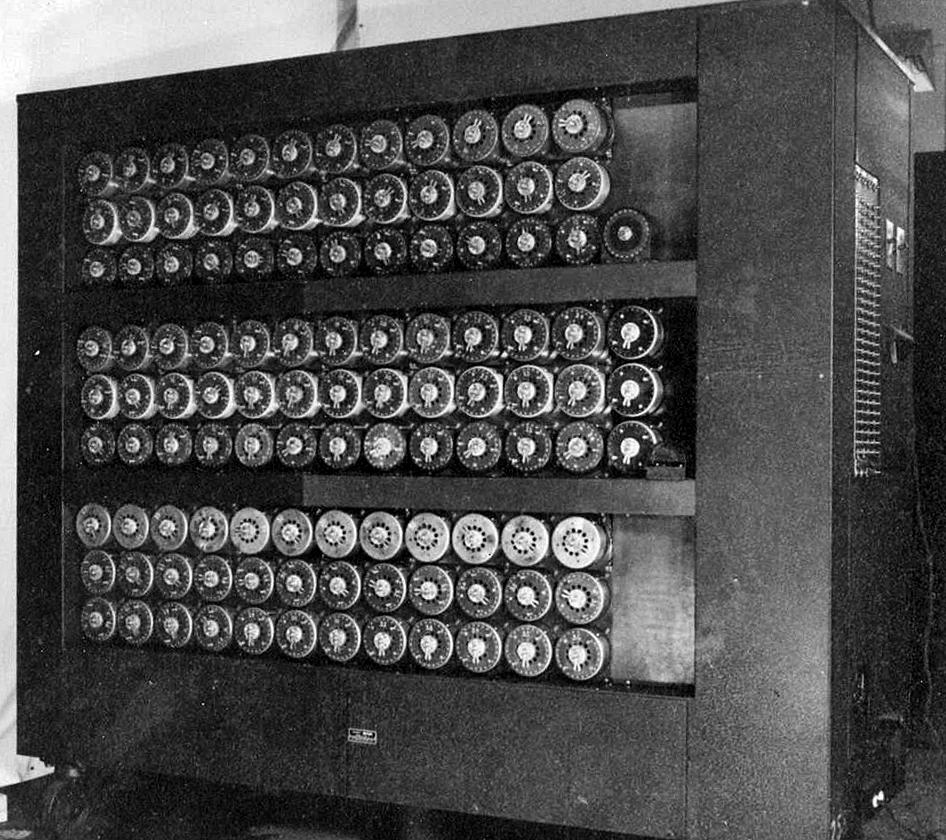
Though unmentioned by Smith, the skill of U.S. and British code-breakers has sparked belief that both countries’ diplomatic services knew in advance about the Pearl Harbor attacks. Later in the war, decryptions allowed British General Bernard Montgomery to win crucial battles against Nazi forces in North Africa at the battles of Alam el Halfa and El Alamein.
Numerous Americans who worked at Bletchley Park went on to play influential roles in the U.S. government, including William and McGeorge Bundy, two of the so-called “Wise Men” who helped plan the Vietnam War.
McGeorge was one of the U.S. Army officers trained in code-breaking and provided intelligence to the U.S. Naval attaché in London, Rear Admiral Alan Kirk, who helped lead the 1944 D-Day invasion of Normandy.
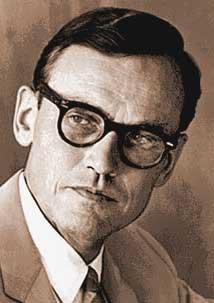
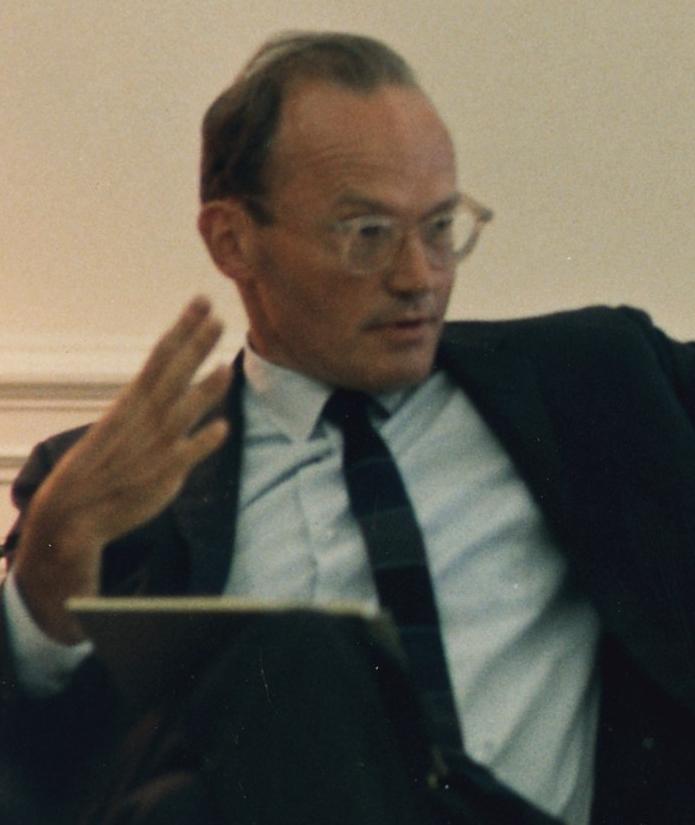
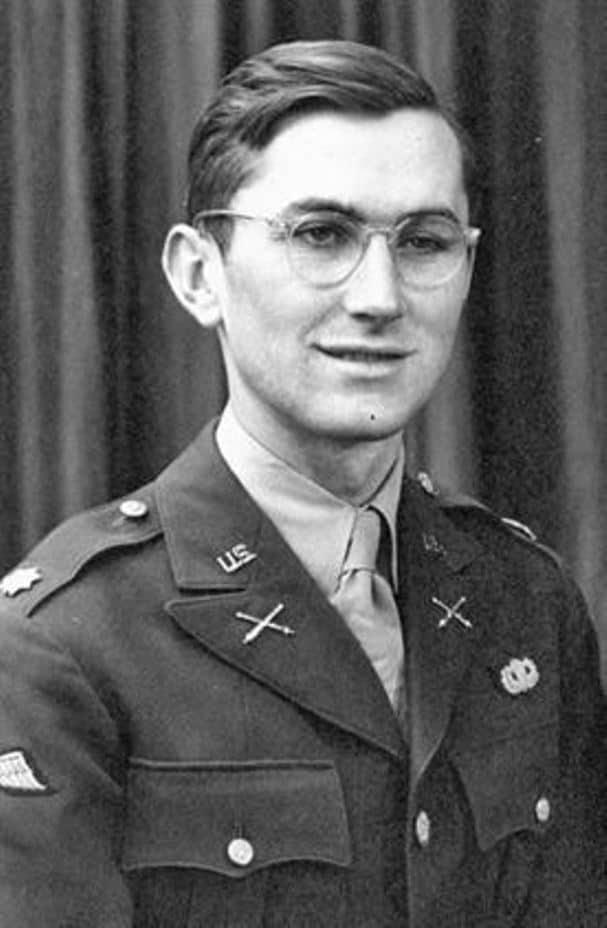
Bundy later looked back fondly on his days at Bletchley Park, stating that it “was a terrific human experience and I’ve never matched it since. This was a totally dedicated group working together in absolute remarkable teamwork.”[4]
Another influential figure who worked closely with the British in this period was future CIA Director William E. Colby, who was trained with the elite Office of Strategic Services (OSS-the forerunner to the CIA) Jedburgh unit by famed MI6 agent Daphne Park in spycraft techniques.[5]
William Stephenson, a Canadian millionaire close to OSS Director William J. “Wild Bill” Donovan and MI6 wartime Director Stewart Menzies, was a key figure helping to cultivate close relations between the MI6 and American intelligence agencies during the war and in its immediate aftermath.[6]
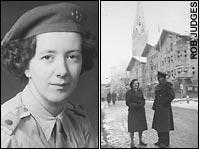
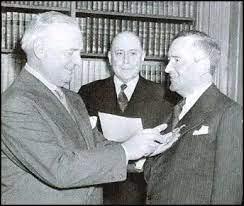
Menzies’ personal assistant, Ian Fleming wrote the first James Bond novel, Casino Royale, and was close also with Donovan.
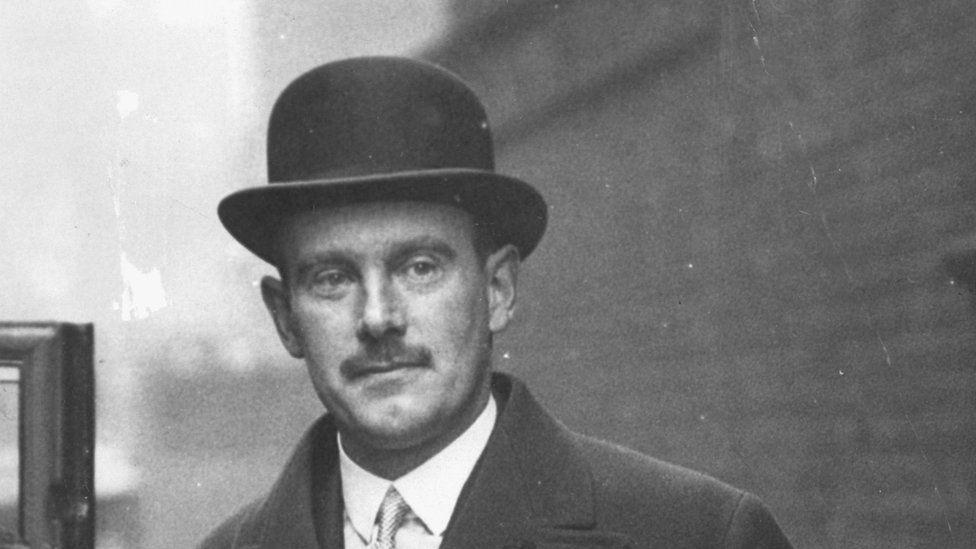

Stanley Lovell, director of the embryonic OSS Research and Development Branch–the equivalent of James Bond’s legendary Q-Division, the fictional organization that created the superspy’s most ingenious gadgets from X-ray glasses to a bagpipe flamethrower, traveled to England to learn a few tricks from the Special Operations Executive (SOE), which Winston Churchill had instructed to “go out and set Europe ablaze.”[7]
British intelligence officer Malcolm Muggeridge stated “Ah, those first OSS arrivals in London! How well I remember them like jeune filles en fleur straight from finishing school, all fresh and innocent to start work in our frosty old intelligence brothel.”[8]

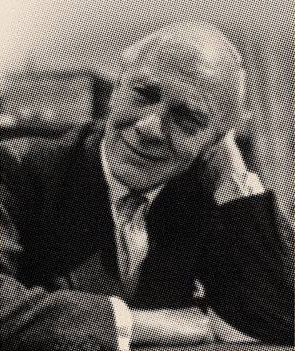
OSS operative Frank Gleason elaborated on the types of dirty tricks that OSS personnel gleaned from the SOE: “What they teach you at sabotage school will blow your mind. Six or seven people that are properly trained can cripple a good sized city…We learned how to operate and destroy locomotives and power plants, the turbines in power plants, communication systems, and telephones. We also learned how to make people sick by poisoning a city’s water supply. Shitty stuff like that–we were taught how to fight dirty.”[9]

As these comments make clear, MI6 and OSS pioneered techniques of terrorism that can in hindsight be justified in confronting the Nazis but were dastardly when directed against Third World nationalist leaders who challenged Western economic interests during the Cold War.
From World War II to Cold War
The OSS learned from the British the importance of recruiting émigrés from foreign countries to mount sabotage operations aiming to bring down their government.
The newly formed CIA and MI6 together recruited émigrés under Operation Rollback to foment insurrections against pro-communist governments taking shape in Eastern Europe in the late 1940s and early 1950s.
These émigrés were trained by the CIA and MI6 in the use of radios, weapons and explosives, and taught secret communication through codes, ciphers and the use of secret links.
The operations failed disastrously because many of the émigrés had been Nazi collaborators and their secret networks were infiltrated by the KGB. Some also got drunk and bragged to friends and relatives about their missions to “save their homeland” before they even went in.[10]
Arnold Silver, a U.S. Army intelligence and CIA officer, recalled years later that, “given the scale of Soviet penetration of the [émigré] groups, it could not be expected that such operations would benefit anybody but the KGB, and of course the CIA and MI6 suffered one disaster after another. There was not one successful operation. The mass of information militating against this kind of blindness on the part of those responsible for the decision to operate with émigré groups was simply ignored, resulting in many lost lives of émigré agents.”[11]
Dubious operations were also carried out jointly by the CIA and MI6 in Italy and other Western European countries under Operation Gladio, which created underground anti-communist networks that wound up committing acts of terrorism in an attempt to discredit the political left.[12]
In Greece, MI6 handed over to the CIA a clandestine support operation aimed at the Greek Communist Party, while in Southeast Asia, the CIA took the lead in running “stay-behind” networks into China, Hong Kong and North Korea which got many more people killed.
The MI6 assisted the U.S. war effort in Korea through joint signals intelligence stations they operated with the CIA in Hong Kong, Japan and Hawaii, which monitored Chinese communist communications.[13] These intercepts, however, failed to predict the Chinese intervention in North Korea, which was considered one of the major intelligence failures of the Cold War.
1953 Iran Coup
CIA-MI6 cooperation in the 1953 coup in Iran represented one of the greatest atrocities of the Cold War. The MI6 in Iran was doing the direct bidding of the Anglo-Iranian Oil Company, which was partly owned by the UK government.
In the summer of 1951, the British had decided that Iranian Prime Minister Mohammad Mossadegh had to go after he had moved to assert government control over Iran’s oil industry.
When Mossadegh appointed a new police chief, General Mahmoud Ashfar-Tus, who had instructions to purge pro-American officers trained in a police mission headed by General Norman Schwarzkopf Sr., Ashfar-Tus was kidnapped by MI6 agents and assassinated.[14]

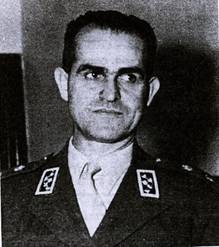
The MI6 at the same time cultivated as a special agent Assadollah Rashidian, a godfather-type figure close to Shah Mohammad Reza Pahlavi (the former King), who helped to coordinate violent street protests that were financed with CIA money. The anti-Mossadegh, pro-Shah protests drew circus performers, weightlifters and athletes who gave it a celebratory character along with fake Tudeh (leftist party) demonstrators who participated in what amounted to a false-flag operation.[15]
The CIA’s key assets in the country—recruited by CIA agent Kermit Roosevelt—included two young anti-communist journalists, Ali Jalali and Farrokh Keyvani, who spread anti-regime propaganda in a popular local newspaper which warned of a pro-Moscow coup.[16]
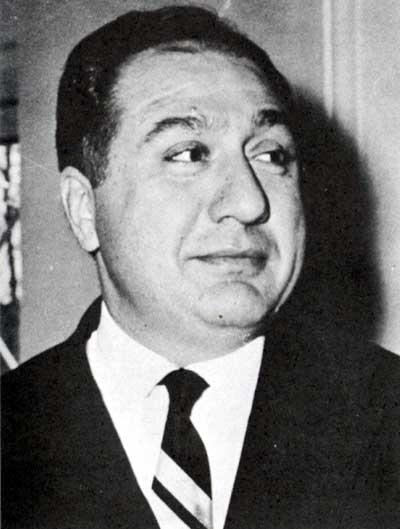
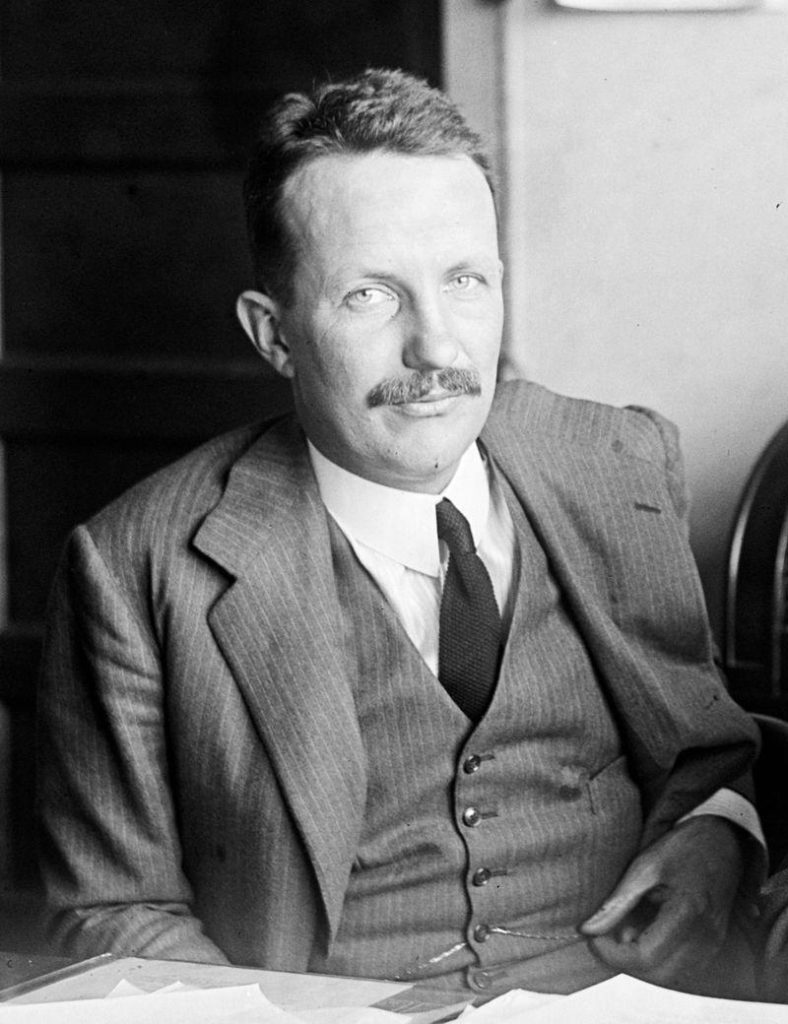
Anti-Mossadegh tribal leaders in the south were also recruited jointly by the CIA and MI6, which succeeded in overthrowing Mossadegh in August 1953 and imposing the Shah, who ruled harshly in the Anglo-American interest for the next quarter century.
From Malaya to Vietnam
Smith’s account emphasizes the close personal relationship that developed between President John F. Kennedy, a fan of James Bond, and conservative British Prime Minister Harold Macmillan in the early 1960s, which was a high point of the special relationship.
The U.S. in this period stored nuclear weapons at British military bases and benefitted from access to British intelligence on Cuba and a British signals intelligence base near Famagusta in Cyprus, which provided critical intelligence to the Israelis during the 1967 Six-Day War.[17]
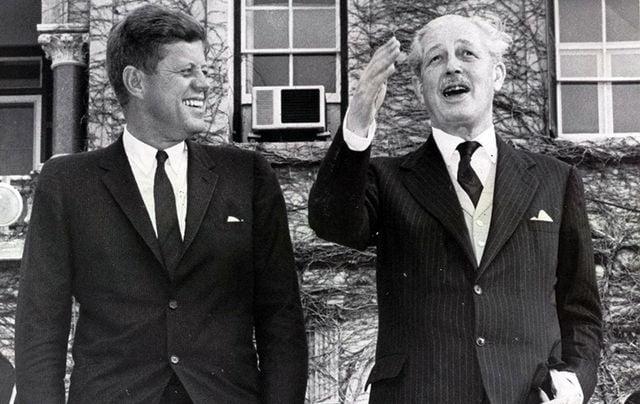
When the Vietnam War broke out, British Prime Minister Harold Wilson of the Labor Party refused to send British ground troops. However, MI6 aided in the war effort with its Australian counterpart by intercepting Vietnamese communications as well as those between the Soviet Union and China at a military-intelligence base in Hong Kong.[18]
British intelligence officers further provided training to South Vietnamese troops in counterinsurgency warfare methods in Malaya. These troops were instructed on the model of the Briggs and Templer Plans—named after General Sir Harold Briggs and Field Marshal Gerald Templer—in which Malayans had been moved into “model villages” away from communist insurgents where economic development and public works projects were initiated in an attempt to win “hearts and minds.” (once the communist guerrillas were isolated, the villages where they operated were to be destroyed).
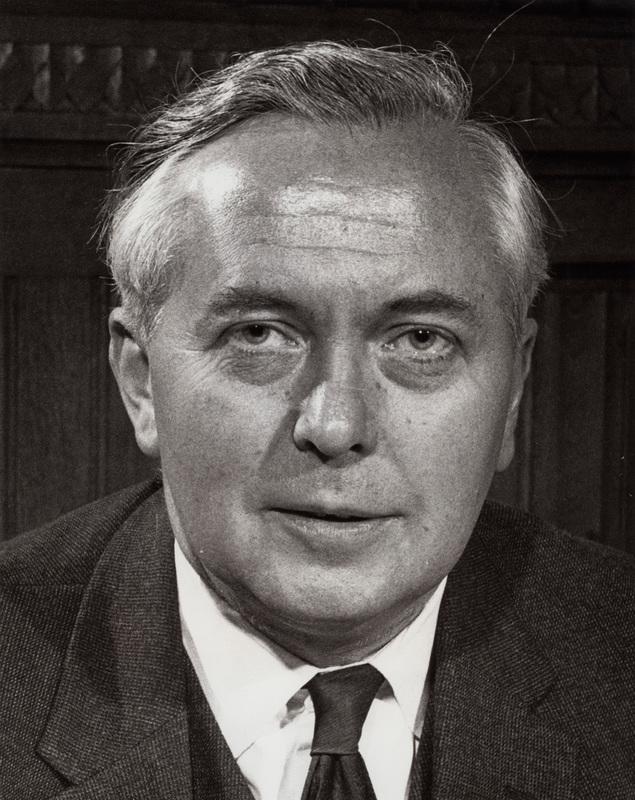
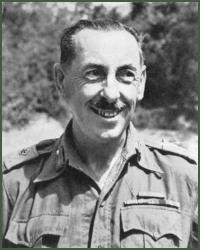
South Vietnamese Premier Ngo Dinh Diem, a puppet installed by the U.S., visited Kuala Lumpur in February 1960 and was briefed by counterinsurgency expert Sir Robert Thompson who became an adviser to Diem and to the U.S. military, with enthusiastic support from the Kennedy administration.[19]
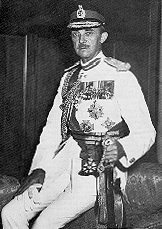
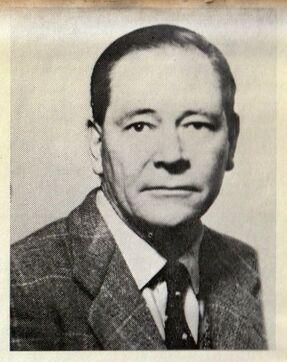
The CIA modeled its murderous Phoenix Program after British intelligence operations in Malaya that identified communist agents through effective training of the Malayan police special branch. American Special Forces were trained by the British Special Air Services (SAS) at the British Jungle Warfare School in Malaya where Phoenix methods were imparted.[20]
Infiltrating the Left
When the CIA began subsidizing British magazines such as Encounter and Citizen, MI6 acquiesced. The CIA’s main goal was to influence British Labor Party policies and to engender support for the Cold War.
According to journalists Jonathan Bloch and Patrick Fitzgerald, the CIA had a British magazine editor and other journalists fired because they opposed German rearmament, a central feature of U.S. policy in Europe, which the CIA needed the British Labor Party to go along with.[21]
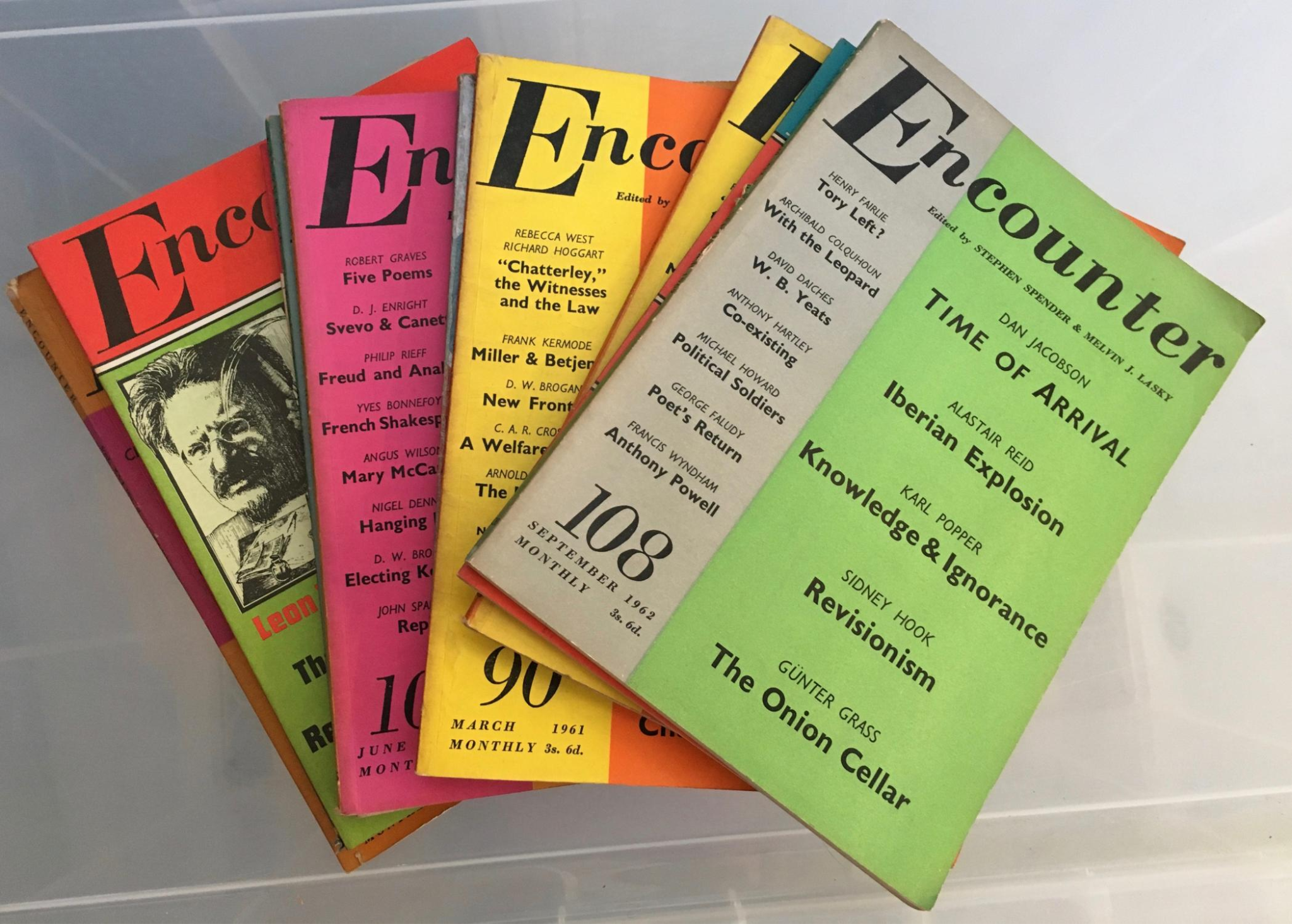
Destroying Peace Oriented Social Democrats and the Worldwide Left
The CIA and MI6 collaborated together in more mayhem in the former British colony of Guyana where they deliberately stoked divisions between the country’s Indian and Black populations and overthrew the leftist government of Cheddi Jagan in 1964.

In the Middle-East, the MI6 and CIA worked together to try and overthrow Egypt’s socialist leader Gamal Abdel-Nasser and to suppress Nasserist rebellions in Yemen and Oman. According to author Stephen Dorrill, the CIA and MI6 “relied on practical members of the Saudi Royal family to develop a covert alliance between Israel, Saudi Arabia, Iran and Jordan,” which served the interests of U.S. and British oil companies.[22]
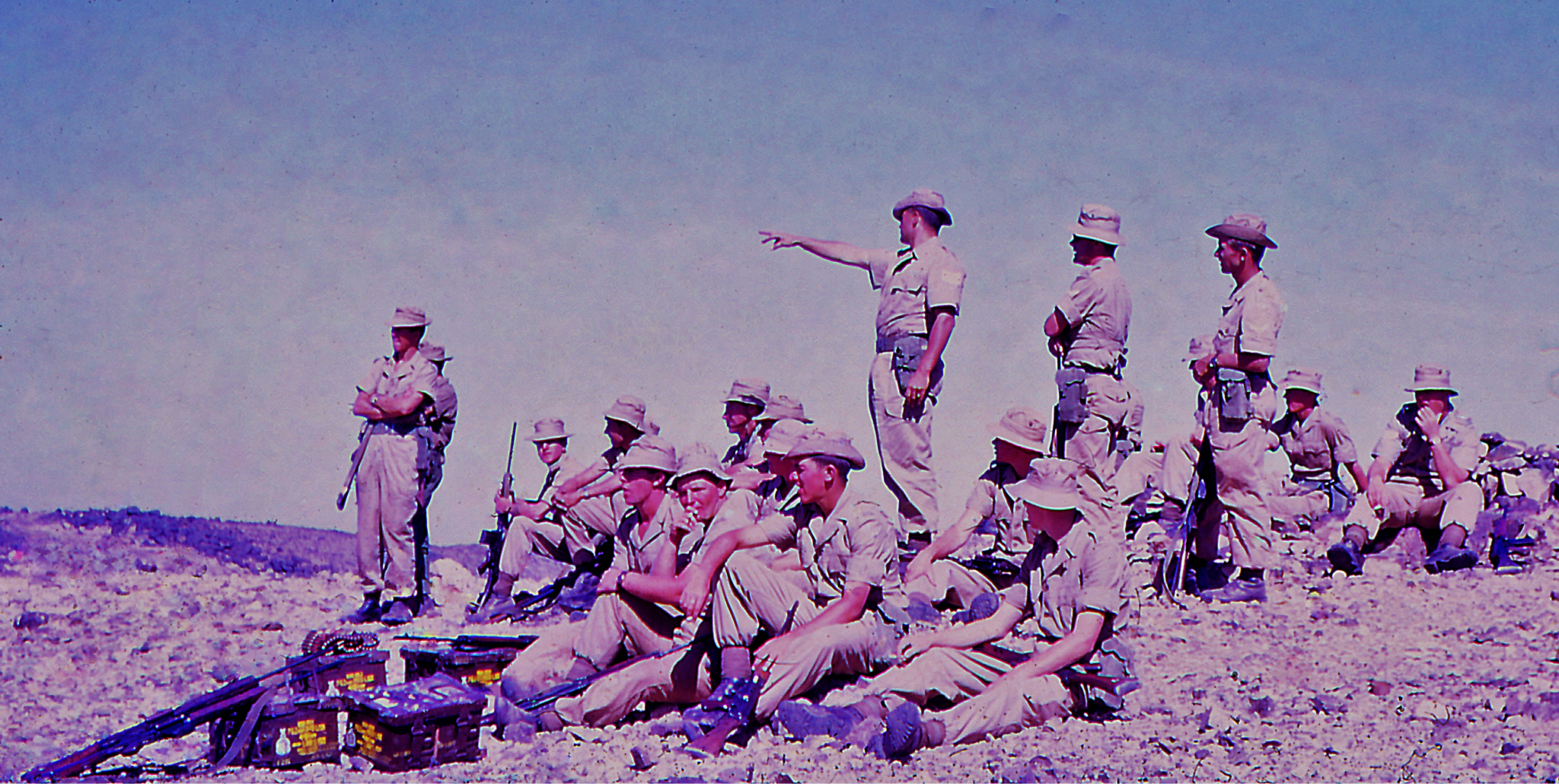
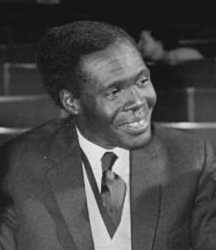
In Africa, the MI6 and CIA jointly backed a) Any-Nya rebels in oil-rich South Sudan, b) warlord Moise Tshombe in Congo, c) warlord Jonas Savimbi in Angola, and d) Idi Amin in Uganda in an effort to undermine the socialist government of Milton Obote who had aimed to assert local control over Uganda’s resources in the late 1960s.[23]
Besides the above, Smith’s book ignores the collaboration of MI6 and the CIA in a covert operation approved by Prime Minister Harold Wilson, Queen Elizabeth and Gerald Ford that brought down the left-leaning Australian government of Gough Whitlam (1972-1976), which opposed the Vietnam War and wanted to remove a U.S. spy base at Pine Gap that was being used to spy on Australian government officials.
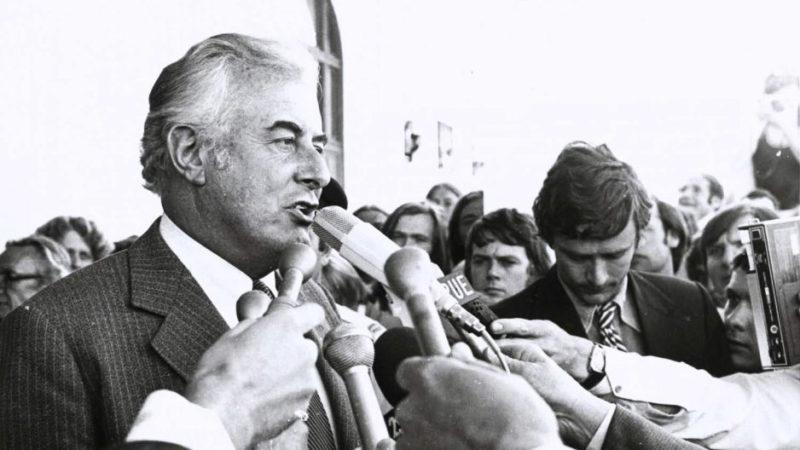
Cleverly, MI6 and CIA agents fabricated a scandal by forging documents that made it look like Whitlam’s Deputy Prime Minister Jim Cairns had obtained an illegal $4 billion loan from Saudi Arabia, which was issued by CIA-linked banks.
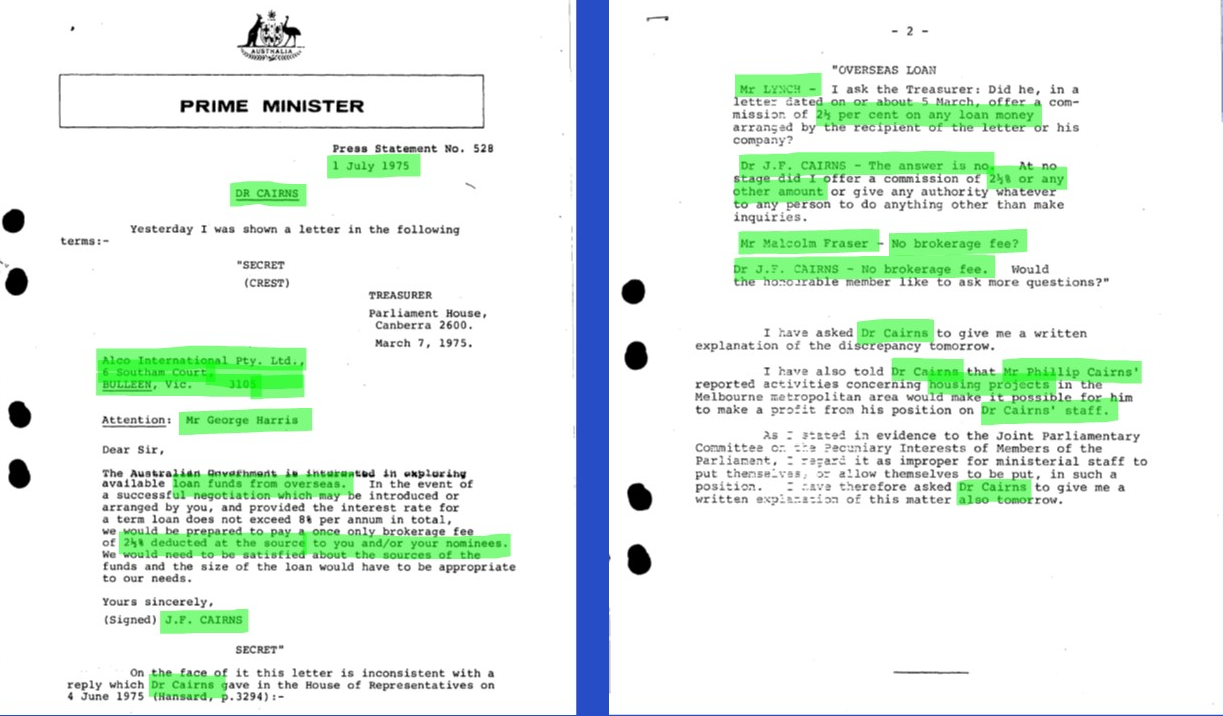
CIA agent Robert Booth Nichols afterwards murdered British MI6 agent Harry Gilham with an ice-pick in order to protect the operation from exposure.
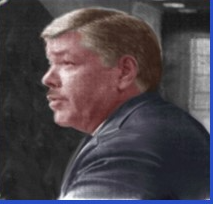

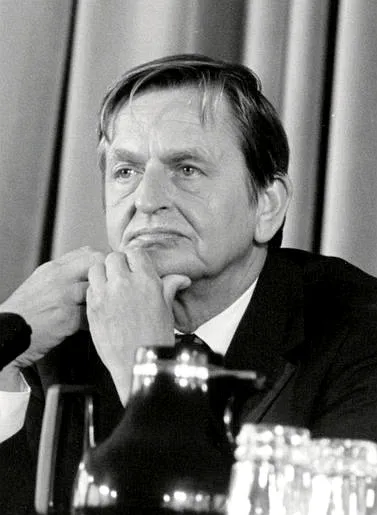
In Fall 1982, the CIA and MI6 staged a phony incursion by Soviet submarines into Swedish waters to make it look like Sweden was coming under attack on its home soil for the first time since 1809.
The aim of the covert operation was to undermine the detente policy of Swedish Prime Minister Olof Palme (1969-1976; 1982-1986) who was trying to create a nuclear weapons-free zone and disarmament pact in Nordic countries.
The “war” against the Soviets entered the living rooms of every Swede and was front-page news in the U.S. and Europe. Even the head of Sweden’s Communist Party, Lars Werner, believed the official story and that Sweden had a right to protest the Soviet Union’s actions.[24]
On February 28, 1986, Palme was assassinated after he exited a movie theater in Stockholm.
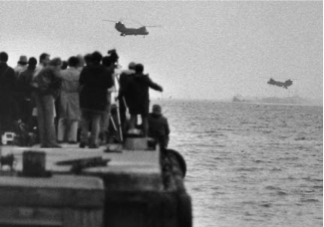
German investigative journalist Patrik Baab and former Pentagon adviser Robert Harkavy provide evidence in a 2017 book that the CIA and British MI6, with the participation of NATO’s Stay Behind Gladio armies (paramilitary networks that could be activated in cases of emergency) ordered Palme’s murder because Palme, even after the deception operation, threatened to normalize Swedish relations with the Soviet Union.
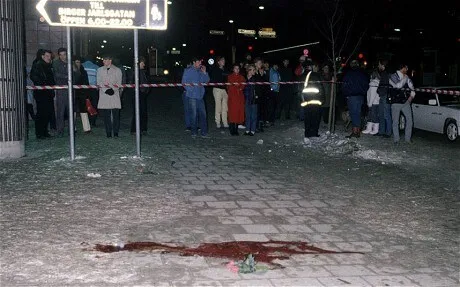
Soviet President Mikhail Gorbachev (1985-1991) told film-maker Dirk Pohlmann that Palme’s murder was “not a coincidence,” but “a political and contract murder… If [Palme’s] vision had come through, it would have disturbed powerful interests. There are groups which are not interested in a better world.”
Most notable of these groups were the CIA and MI6 whose dastardly deeds have almost always been designed to preserve the wealth and privilege of the Anglo-American elite.
“Because You Are British, We Have Supported You” Says Joe Biden
The anti-Palme operation in Sweden coincided with the reinvigoration of the CIA-MI6 relationship in the 1980s by British Prime Minister Margaret Thatcher and U.S. President Ronald Reagan. In the 1970s, the U.S. and British publics were beginning to push for a scaling back of covert operations due to the unpopularity of the Vietnam War and exposure of CIA atrocities, such as the use of the mafia to try and kill Fidel Castro, by the 1975 Church Committee.
When Britain invaded the Falkland (Malvinas) Islands off Argentina in April 1982, CIA Deputy Director Bobby Ray Inman prevailed over supporters of the Argentine military junta in a debate in the White House Situation Room, ensuring that the Reagan administration backed the British.[25]
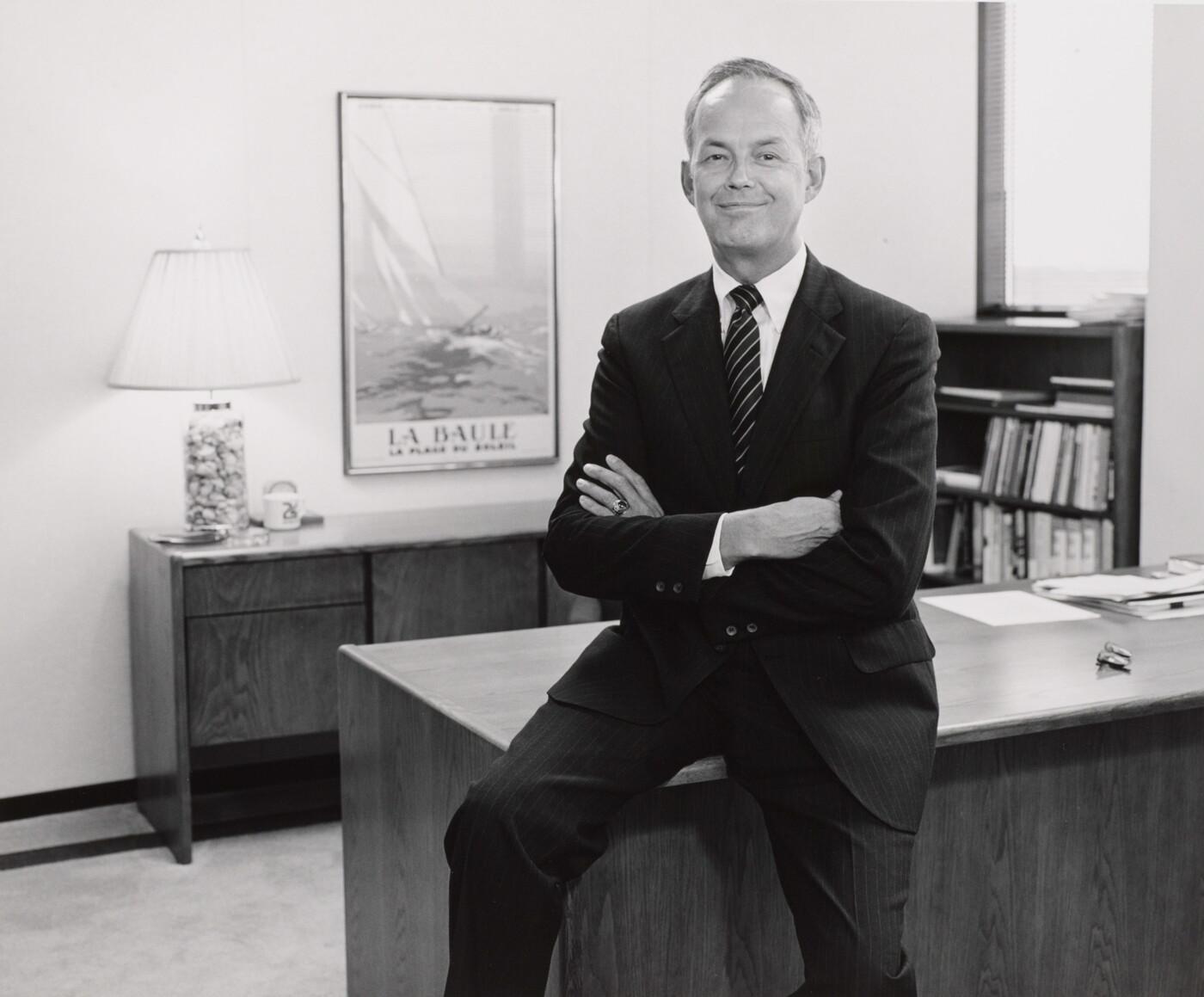

Inman received support from his close friend, Joe Biden, then a member of both the Senate Foreign Relations Committee and the Intelligence Committee, who told the British ambassador: “Do you think that if the Falkland Islands had belonged to Brazil rather than you, and Argentina had invaded them, the U.S. would have reacted in the way they have done? It is because you are British, with all that means in this country, that we have supported you.”[26]
Empire and Injustice
Biden continues to support the British today as U.S. president, having fortified the CIA-MI6 relationship in the Ukraine War where they have worked closely together.
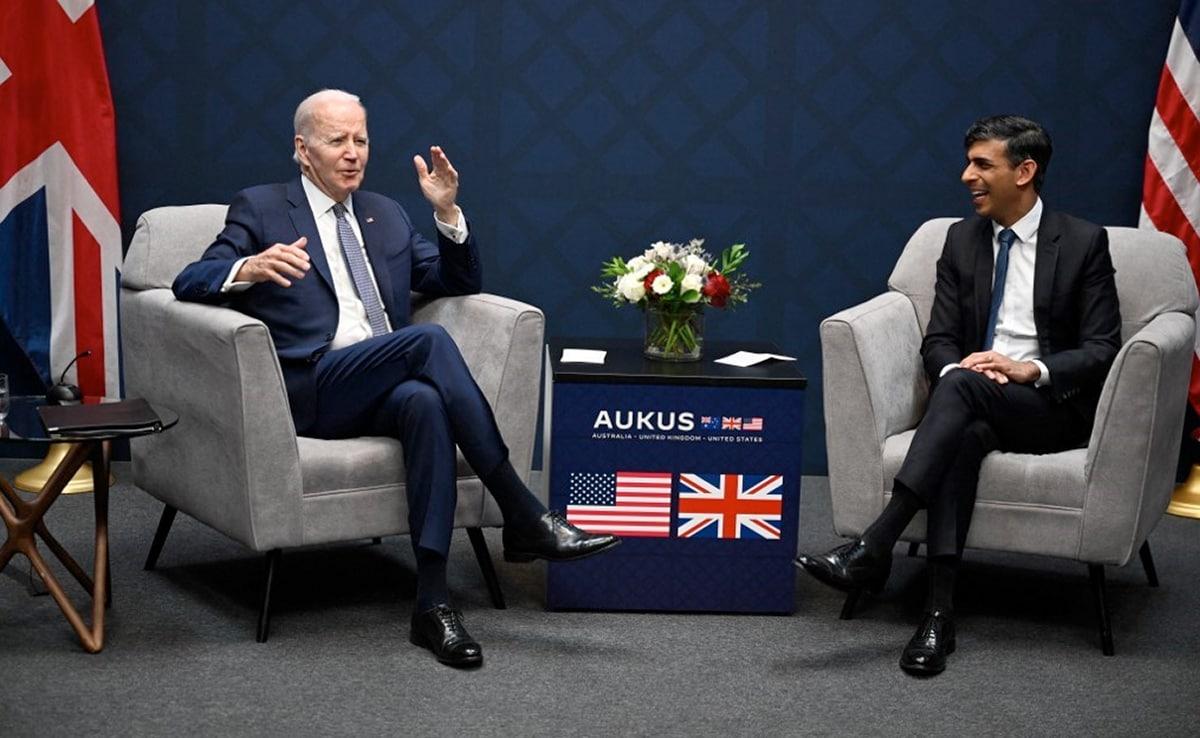

A new film by former UN weapons inspector Scott Ritter suggests that Ukrainian President Volodymyr Zelensky is a British MI6 agent, as he visited with MI6 chief Sir Richard Moore when he went to Great Britain against normal protocol.
Zelensky has received well over $100 billion in weapons from the Biden administration, which used the CIA to help him run a Phoenix-style operation using the old methods developed by the British in Malaya, and to plan offensive operations into Russia.
The Malayan model had also been widely studied by British and American military commanders serving in Afghanistan and Iraq who recycled the old concept of the “model village” and “strategic hamlet” in new failed military interventions yielding horrendous human costs.[27]

Smith’s book is characteristic of the mainstream in eschewing use of the term empire, pretending that once the British Empire dissolved in the 1950s, the colonial era ended.
However, American foreign policy actions involving the CIA since that time have been brazenly imperialistic, drawing directly on British imperial techniques with the same underlying goal of trying to exploit countries’ natural resources.
The latter is exemplified by U.S. military intervention in the Middle East, where British and American Special Forces together carried out deadly black operations, and in the policy of military encirclement directed against China whose economic rise is threatening the Anglo-American-dominated world order.
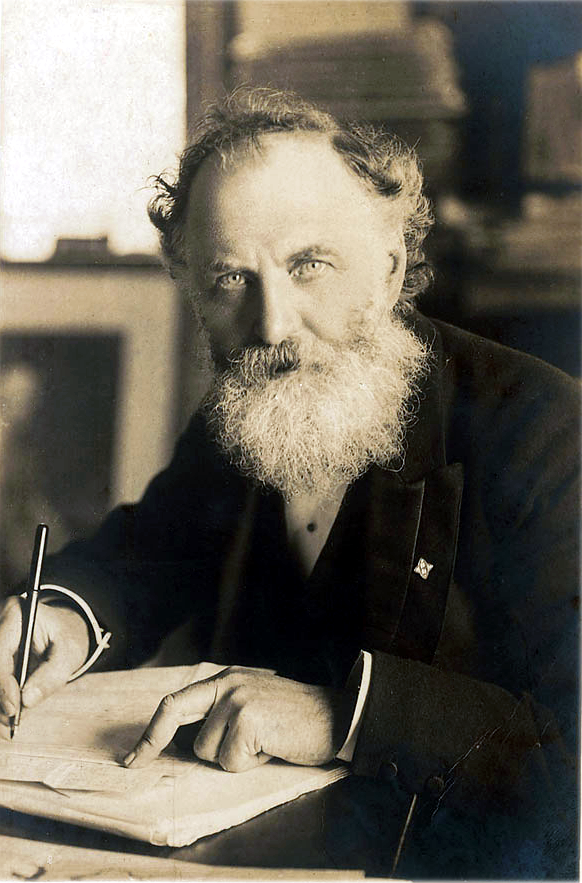
Back in 1901, a British newspaper magnate, W. T. Snead published a book entitled The Americanization of the World, which pioneered the idea of a merger of the two english speaking nations, to help Britain achieve worldwide hegemony. British arch-imperialists, Cecil Rhodes and Alfred Milner, subsequently formed a secret society committed to these ends, which many in the U.S. and British establishments continue to embrace.
Burns and other CIA officials may very well believe that the Anglo-American world order has been beneficial for humanity; most Vietnamese, Iranians and Russians, however, see it differently, along with those who directly experienced British colonial rule.
The “remarkable intelligence collaboration” has in reality spawned great injustices that will persist until there is demand for change in the U.S. or UK, or a new power bloc emerges that is capable of effective resistance—as is already starting to happen.

-
Michael Smith, The Real Special Relationship: The True Story of How MI6 and the CIA Work Together (New York: Arcade Publishing 2022), 487. ↑
-
Smith, The Real Special Relationship, 154. ↑
-
Smith, The Real Special Relationship, 9. ↑
-
Smith, The Real Special Relationship, 41, 44. ↑
-
Smith, The Real Special Relationship, 80. Clark later served with MI6 in Hanoi and the Congo and ran agents in Moscow at the height of the Cold War. ↑
-
Smith, The Real Special Relationship, 44. ↑
-
John Lisle, Dirty Tricks Department: Stanley Lovell, the OSS, and the Masterminds of World War II Secret Warfare (New York: St. Martin’s Press, 2023). 27. ↑
-
Lisle, Dirty Tricks Department: 27. ↑
-
Lisle, Dirty Tricks Department: 28. ↑
-
Smith, The Real Special Relationship, 111. ↑
-
Smith, The Real Special Relationship, 113. ↑
-
See Daniele Ganser, NATO’s Secret Armies: Operation Gladio and Terrorism in Western Europe (New York: Routledge, 2004). ↑
-
Smith, The Real Special Relationship, 161. ↑
-
Jonathan Bloch and Patrick Fitzgerald, British Intelligence and Covert Action, with an introduction by Philip Agee (Ireland: Brandon Book Publishers, 1984), 111. ↑
-
Smith, The Real Special Relationship, 199, 200, 201. ↑
-
Smith, The Real Special Relationship, 182. ↑
-
Smith, The Real Special Relationship, xx, xxi. ↑
-
Smith, The Real Special Relationship, 313. ↑
-
Smith, The Real Special Relationship, 302. ↑
-
Bloch & Fitzgerald, British Intelligence and Covert Action, 64; Douglas Valentine, The Phoenix Program (New York: William Morrow, 1990). ↑
-
Bloch & Fitzgerald, British Intelligence and Covert Action, chapters 3 and 4. ↑
-
Robert Dreyfuss, Devil’s Game: How the United States Helped Arm Fundamentalist Islam (New York: Henry Holt, 2005), 141. ↑
-
Bloch & Fitzgerald, British Intelligence and Covert Action, chapters 3 and 4. ↑
-
See Ola Tunander, The Secret War Against Sweden: U.S. and British Submarine Deception in the 1980s (London: Frank Cass, 2004). Smith does not cite Tunander in his book and ignores the Swedish deception operation too. ↑
-
Smith, The Real Special Relationship, xii, 432. ↑
-
Smith, The Real Special Relationship, 435. ↑
-
Smith, The Real Special Relationship, 484. ↑
CovertAction Magazine is made possible by subscriptions, orders and donations from readers like you.
Blow the Whistle on U.S. Imperialism
Click the whistle and donate
When you donate to CovertAction Magazine, you are supporting investigative journalism. Your contributions go directly to supporting the development, production, editing, and dissemination of the Magazine.
CovertAction Magazine does not receive corporate or government sponsorship. Yet, we hold a steadfast commitment to providing compensation for writers, editorial and technical support. Your support helps facilitate this compensation as well as increase the caliber of this work.
Please make a donation by clicking on the donate logo above and enter the amount and your credit or debit card information.
CovertAction Institute, Inc. (CAI) is a 501(c)(3) non-profit organization and your gift is tax-deductible for federal income purposes. CAI’s tax-exempt ID number is 87-2461683.
We sincerely thank you for your support.
Disclaimer: The contents of this article are the sole responsibility of the author(s). CovertAction Institute, Inc. (CAI), including its Board of Directors (BD), Editorial Board (EB), Advisory Board (AB), staff, volunteers and its projects (including CovertAction Magazine) are not responsible for any inaccurate or incorrect statement in this article. This article also does not necessarily represent the views the BD, the EB, the AB, staff, volunteers, or any members of its projects.
Differing viewpoints: CAM publishes articles with differing viewpoints in an effort to nurture vibrant debate and thoughtful critical analysis. Feel free to comment on the articles in the comment section and/or send your letters to the Editors, which we will publish in the Letters column.
Copyrighted Material: This web site may contain copyrighted material the use of which has not always been specifically authorized by the copyright owner. As a not-for-profit charitable organization incorporated in the State of New York, we are making such material available in an effort to advance the understanding of humanity’s problems and hopefully to help find solutions for those problems. We believe this constitutes a ‘fair use’ of any such copyrighted material as provided for in section 107 of the US Copyright Law. You can read more about ‘fair use’ and US Copyright Law at the Legal Information Institute of Cornell Law School.
Republishing: CovertAction Magazine (CAM) grants permission to cross-post CAM articles on not-for-profit community internet sites as long as the source is acknowledged together with a hyperlink to the original CovertAction Magazine article. Also, kindly let us know at info@CovertActionMagazine.com. For publication of CAM articles in print or other forms including commercial internet sites, contact: info@CovertActionMagazine.com.
By using this site, you agree to these terms above.
About the Author

Jeremy Kuzmarov holds a Ph.D. in American history from Brandeis University and has taught at numerous colleges across the United States. He is regularly sought out as an expert on U.S. history and politics for radio and TV programs and co-hosts a radio show on New York Public Radio and on Progressive Radio News Network called “Uncontrolled Opposition.”
He is Managing Editor of CovertAction Magazine and is the author of six books on U.S. foreign policy, including Obama’s Unending Wars (Clarity Press, 2019), The Russians Are Coming, Again, with John Marciano (Monthly Review Press, 2018), Warmonger. How Clinton’s Malign Foreign Policy Launched the U.S. Trajectory From Bush II to Biden (Clarity Press, 2023); and with Dan Kovalik, Syria: Anatomy of Regime Change (Baraka Books, 2025).
Besides these books, Kuzmarov has published hundreds of articles and contributed to numerous edited volumes, including one in the prestigious Oxford History of Counterinsurgency .
He can be reached at jkuzmarov2@gmail.com and found on substack here.


At the link below, see the section called “The Berlin Wall – Another Cold War Myth” for why the Soviets built the Berlin wall (hint CIA harrassment):
https://williamblum.org/aer/read/133